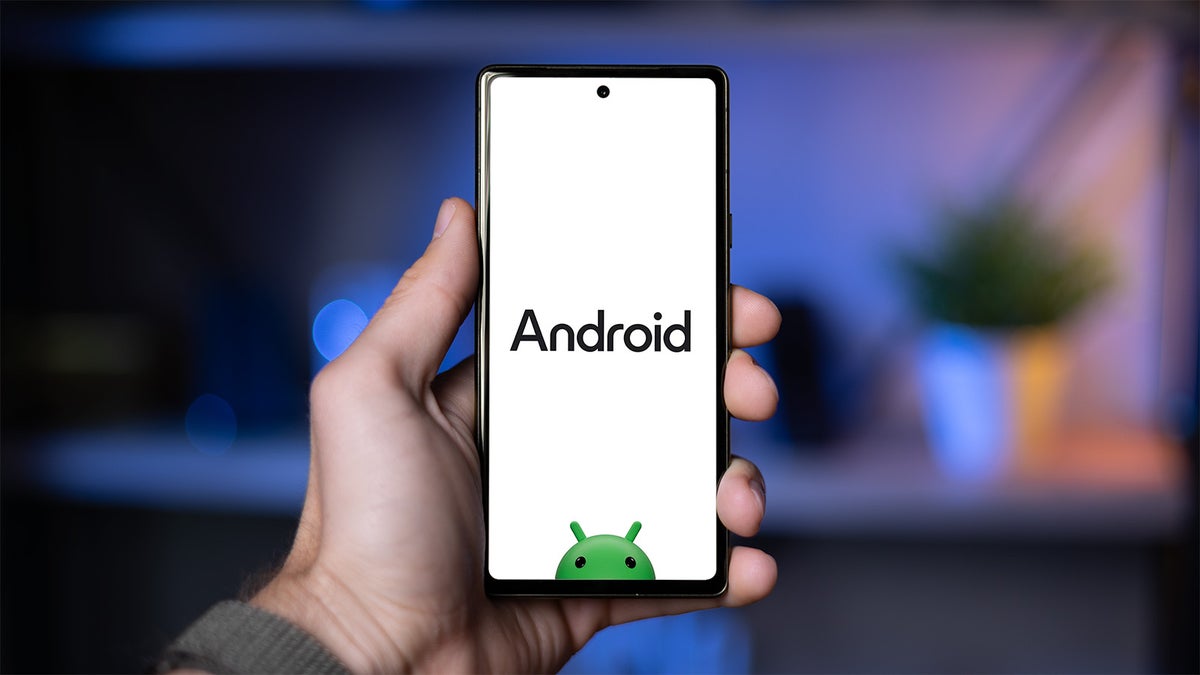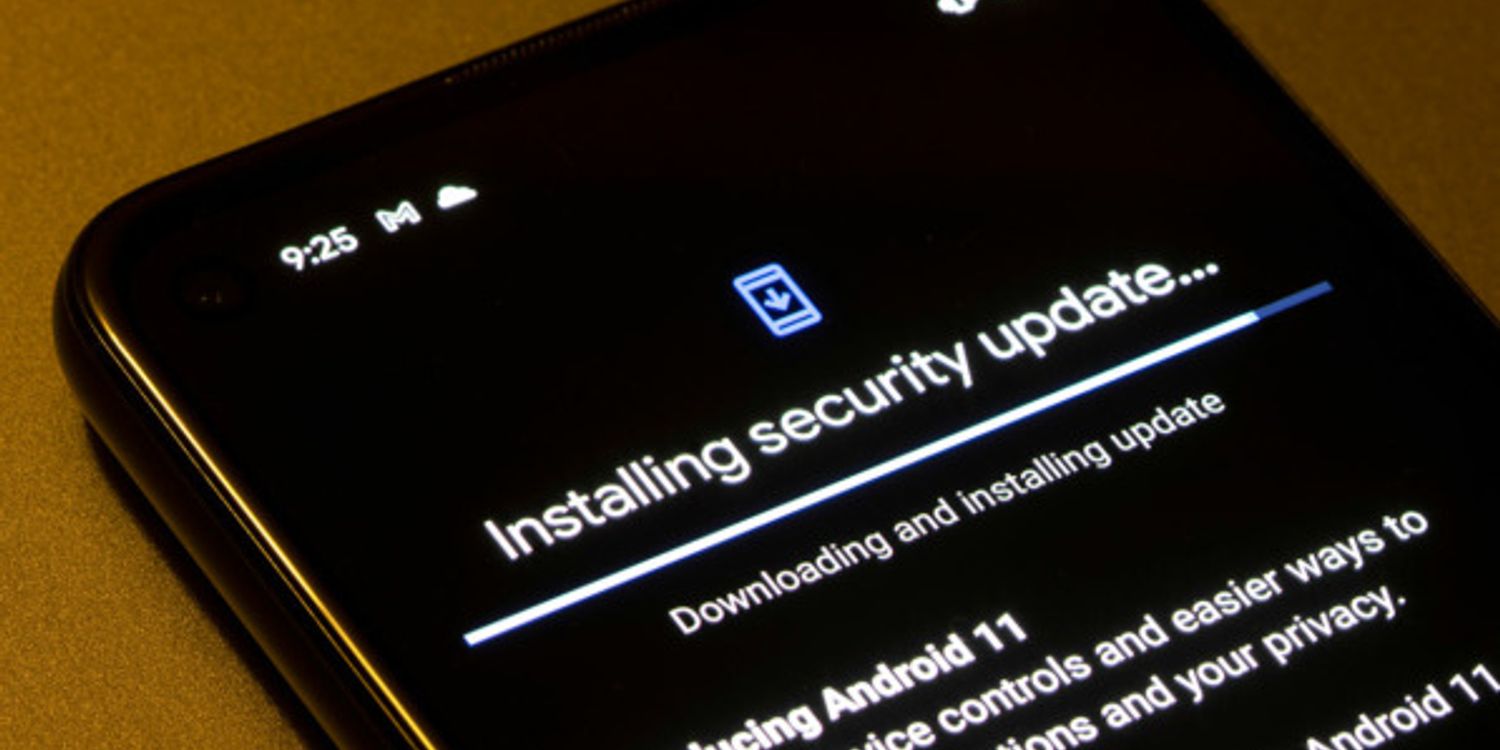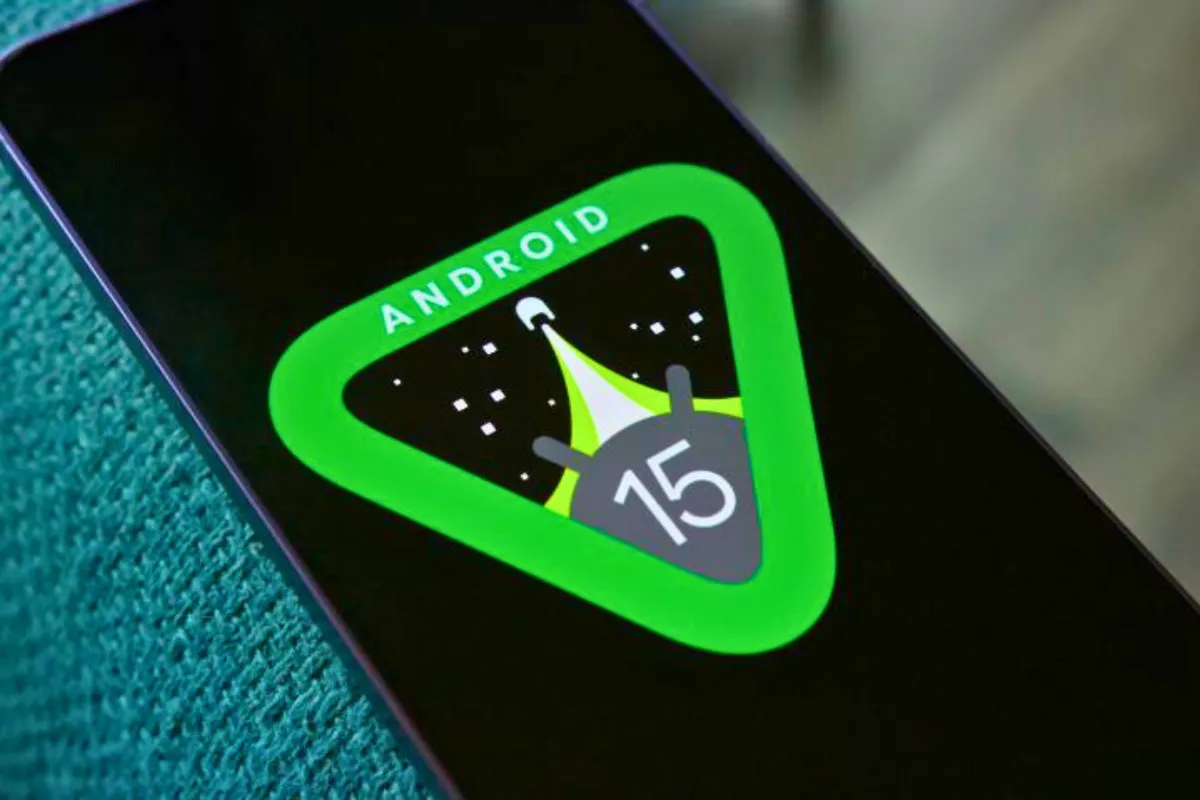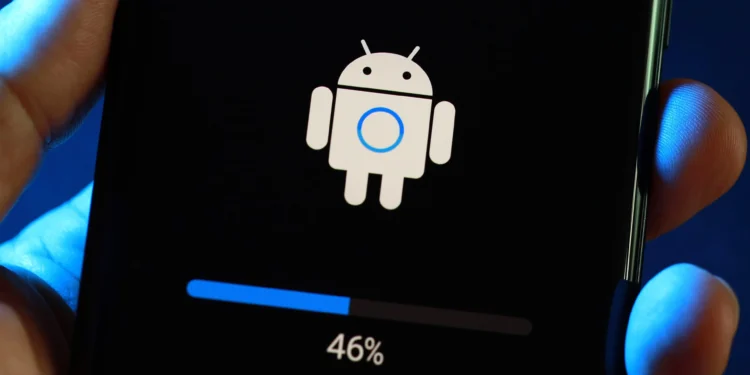In an era where technology rapidly evolves, the need for sustainable and long-lasting software support in smartphones has become paramount. Recently, Google has taken significant steps to address this by pushing for extended software update cycles on Android devices, a move set to revolutionize the industry’s approach to longevity.

Bridging the Gap in Android Software Longevity
Traditionally, Android phones have lagged behind their competitors in terms of software updates, with many devices receiving only a few years of official support from manufacturers. This has often left users with outdated and less secure systems. Google, however, is set to change that narrative by extending the update lifecycle for Android devices to up to seven years, starting with its latest collaboration with Qualcomm on the Snapdragon 8 Elite chipset.
The initiative, dubbed the “Longevity GRF” program, was detailed in a report from Android Authority, citing an anonymous source. This groundbreaking strategy is not only a testament to Google’s commitment to sustainability but also positions the Android ecosystem on par with, or even ahead of, its competitors in terms of long-term software support.

Unpacking the “Longevity GRF” Program
At the heart of the challenge for prolonged Android updates has been the hardware itself, specifically the chipsets that power these devices. Traditionally, chipset manufacturers, like Qualcomm, would provide support for only a limited number of years. This restriction was compounded by Google’s requirement for updated vendor software with each new Android release.
In a transformative move, Google has now introduced the “Longevity GRF” program which allows device makers to use the original vendor software for up to seven Android OS updates, extending the typical three-year update window significantly. This initiative was unveiled during a closed-door meeting earlier this year and marks a pivotal shift in Google’s update policy.

The Technical Side: Balancing Security with Functionality
Although this extended update cycle is a boon for Android users, it comes with its complexities. One of the stipulations of the Longevity GRF program is the need for periodic updates to the Linux kernel—at least every three years. This requirement is crucial for security, as it ensures that devices are protected against vulnerabilities through timely patch updates.
However, this might also mean that some devices could miss out on newer Android features that require updates to the vendor software. For instance, functionalities like Android 12’s 2G toggle and Android 13’s flashlight brightness API would still need a vendor software update to function properly, despite the device running on the latest Android version.

Qualcomm’s Snapdragon 8 Elite: A New Era for Android Phones
The Snapdragon 8 Elite chipset is the first processor to fall under this new update framework. Although Google and its partners have yet to make a formal announcement, this move signals a significant shift towards enhancing the user experience by providing longer support and improved security across a broader range of devices.
In conclusion, Google’s strategic push for seven years of updates on more Android phones marks a significant step forward in addressing the perennial issue of Android’s fragmentation. By aligning chipset support with software needs, Google is not only enhancing the value proposition of Android devices but also promoting a more sustainable and secure mobile ecosystem. This policy not only benefits users by extending the lifespan of their devices but also sets a new standard for the entire industry, pushing other manufacturers to follow suit.










